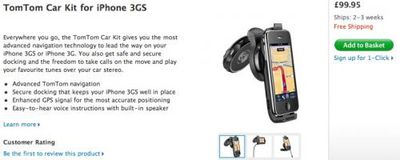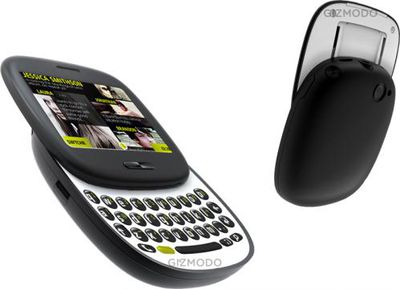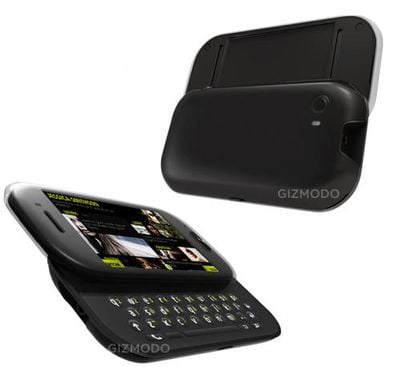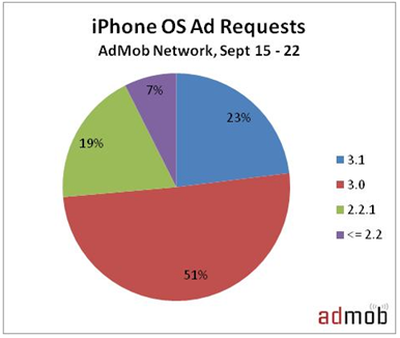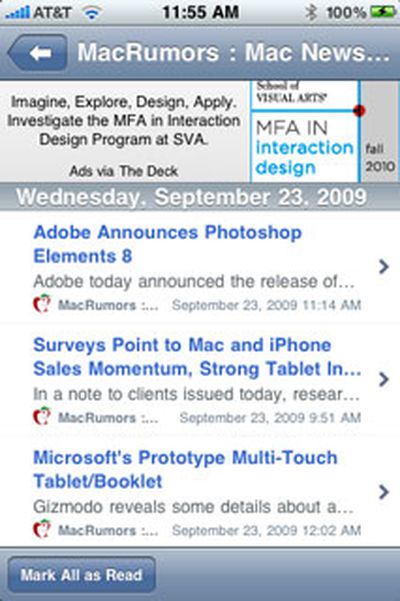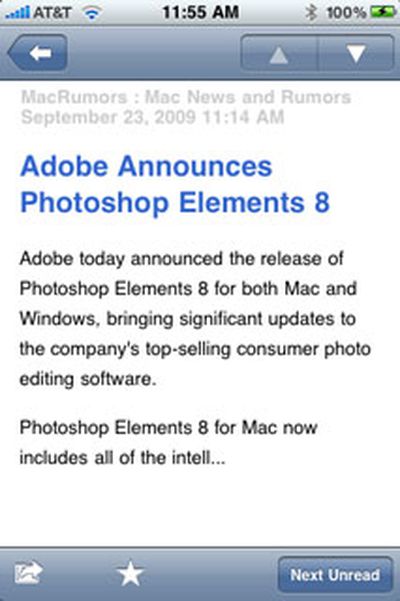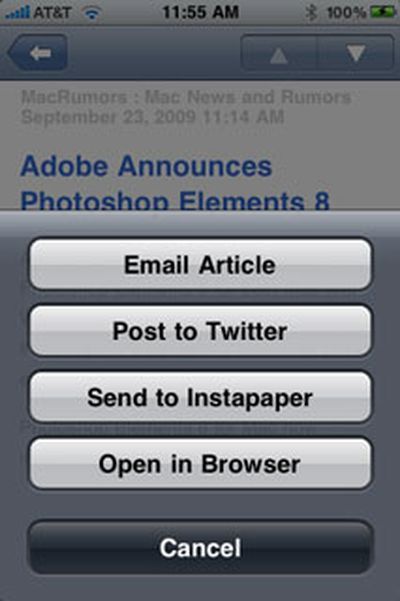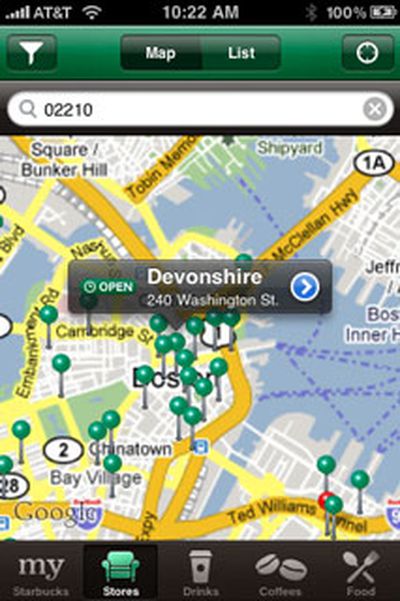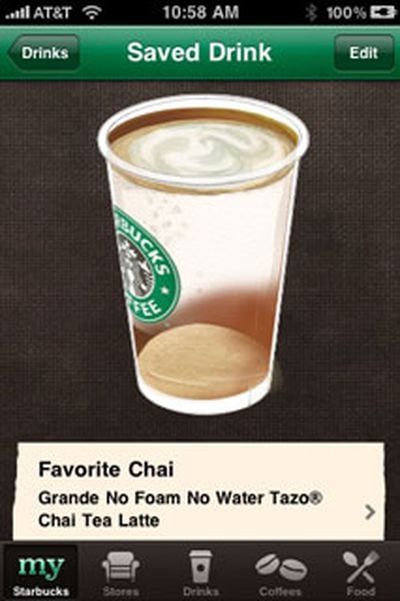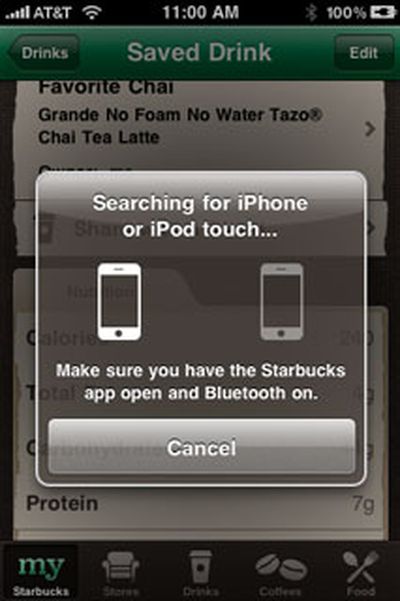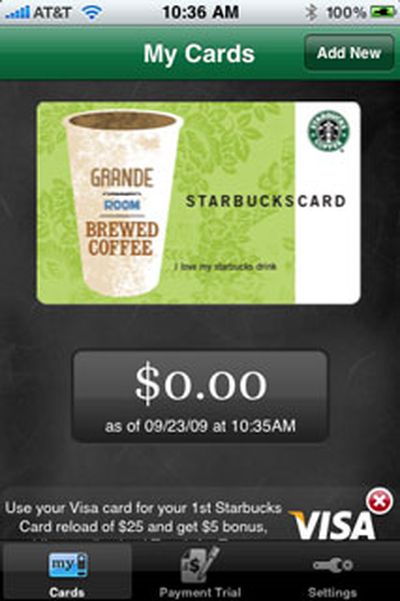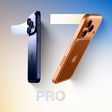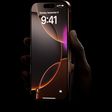Two Starbucks apps made an entrance into the App Store early this morning, one - myStarbucks - offering store location capabilities and menu browsing while the other, the Starbucks Mobile Card app, provides a variety of features to manage and reload Starbucks cards as well as a unique payment system that's being piloted in a handful of stores. The myStarbucks app takes advantage of the peer-to-peer connectivity over Bluetooth that debuted with the iPhone 3.0 firmware.
The myStarbucks app can use the iPhone's location to find the nearest Starbucks stores. The Starbucks food menu, along with nutritional information, can also be viewed. Favorite drinks can be customized, saved for future reference, and shared via email or directly with another iPhone or iPod touch user who has the myStarbucks app open and Bluetooth turned on.
The Starbucks Card Mobile app allows holders of Starbucks Cards to view card balance, reload a card, view transaction history information, and more. It also features a new payment system that's being piloted in 16 stores in the San Francisco Bay and Seattle areas that will allow users to make payments directly through an iPhone. To head off inevitable questions about the expansion of this program, a button labeled "When is it coming to my Starbucks?" reveals the following answer:
We are testing mobile payment in select stores in Seattle and Silicon Valley. In the coming months we will be evaluating additional locations and would love your input. To follow our process and share ideas on Starbucks Card Mobile, visit www.mystarbucks.com. Thanks for your interest in Starbucks Card Mobile.
Starbucks is currently offering a $5 bonus on Starbucks Cards Mobile accounts the first time a card is reloaded with a Visa card through the Starbucks Card Mobile app.
Starbucks has partnered with Apple in other areas, including offering a music partnership that offers customers the ability to purchase currently playing songs in Starbucks locations directly on an iPhone, iPod touch, or computer with iTunes. iPhone and iPod touch users can also benefit from free Wi-Fi connectivity at Starbucks locations with AT&T hotspots.
The myStarbucks [App Store] and Starbucks Card Mobile app [App Store] are both free and available now.


